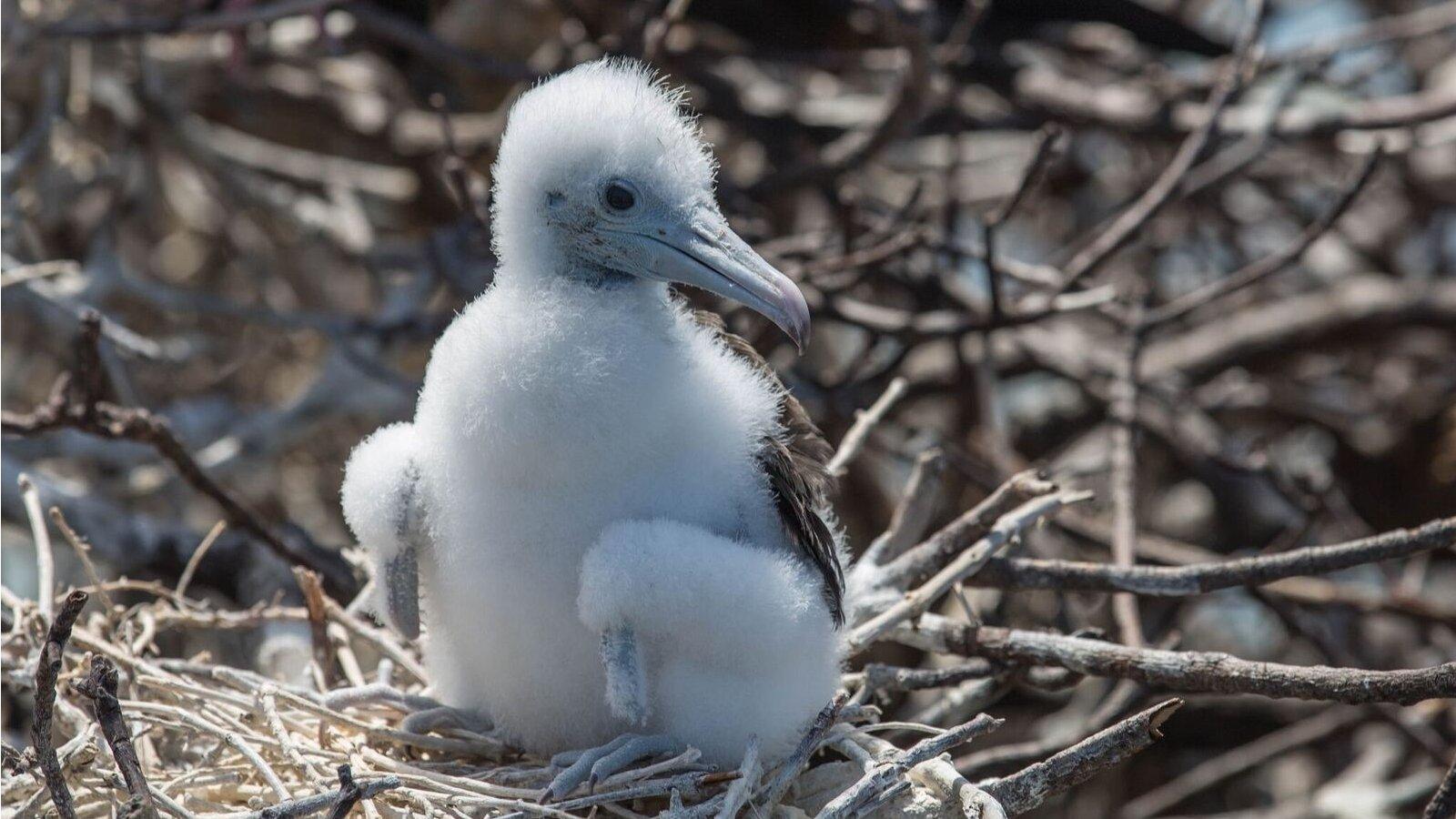Drones help Galapagos tackle rat infestation
- Published
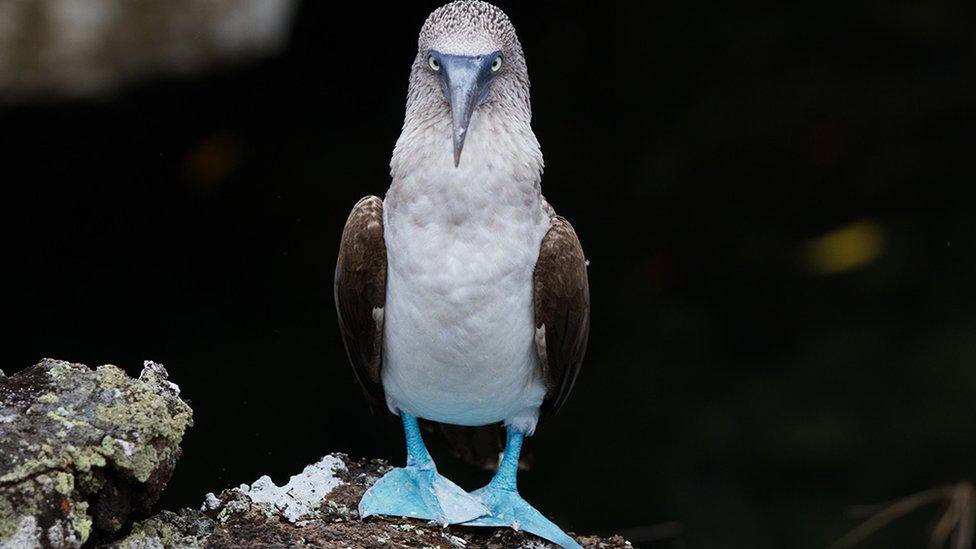
North Seymour's blue-footed booby birds dig a shallow trench to raise their chicks
Drones are helping conservationists rid one Galapagos island of an infestation of rats threatening indigenous birds.
The drones have dropped poison on more than half of North Seymour Island in a bid to kill off the invasive species.
The island's rare birds nest on the ground and their numbers are being depleted by the rodent invasion.
The drones work much faster and more cheaply than helicopters which have been used in similar rat eradication projects elsewhere.
Placed precisely
The infestation of brown and black rats was discovered in early 2018 and prompted action by NGO Island Conservation and the Galapagos' Ministry of the Environment to rid the territory of the pest.
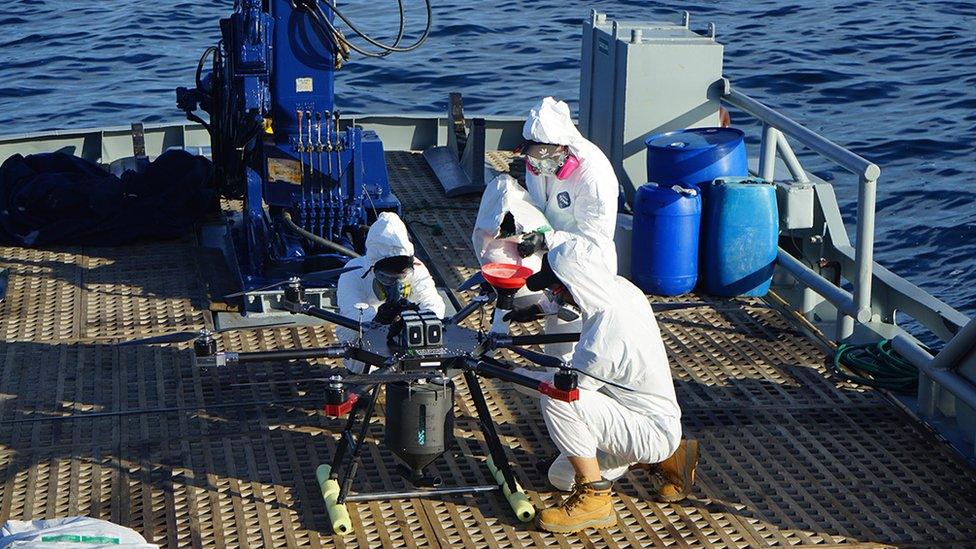
Drones were launched from a ship offshore during the poisoning project
Rare species including frigate birds and the blue-footed booby raise their young in nests on the ground making them easy prey for the rats. The island has few trees so it is difficult for the indigenous birds to escape predation.
The rats are also known to eat native plants including the opuntia cactus and fragrant palo santo tree.
In addition, there are no species living on the island that prey on the rats. The birds mainly eat fish and North Seymour's land iguanas eat cactus.
Island Conservation hopes that if the rats can be eliminated, this will herald the return of lava gulls that no longer nest on North Seymour.
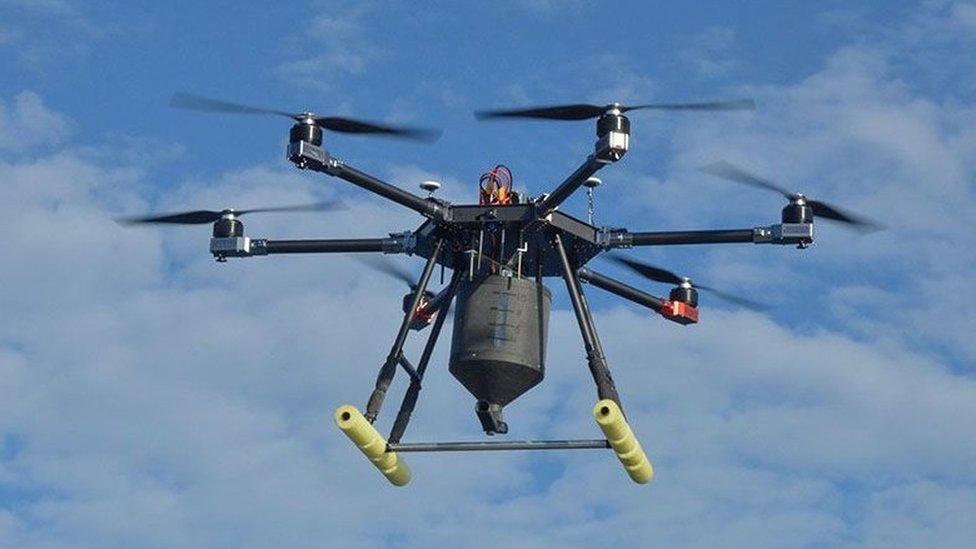
The drones were fitted with special hoppers to dispense the poison
While other eradication projects have used helicopters to deliver poison, this was not feasible on North Seymour because of its remote position. Any helicopter, and its pilot, would first have to be delivered to the island on a boat before it could be used.
Drones can deliver poison much more precisely than is possible via helicopter, said Karl Campbell, South American regional director for Island Conservation. Each drone was flown for many 15-minute journeys, during which time they dispensed about 20kg (44lb) of poison.
The poison was cooked up by Bell Labs, which used a custom formula that can survive the island's extreme weather.
While 52% of North Seymour was baited with the drones, the rest of the 1.9 sq km (0.7 sq miles) island required work by more than 30 park rangers to cover the rugged territory with poison.
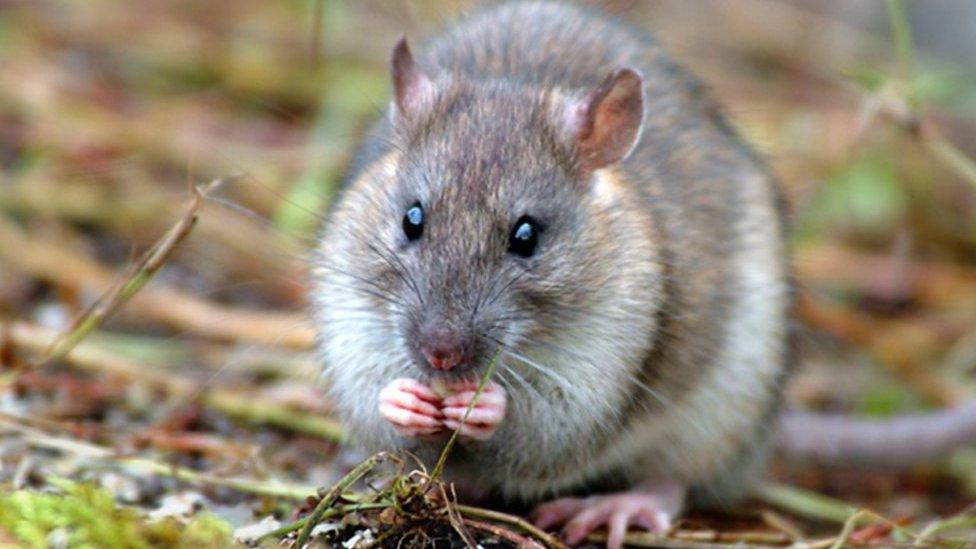
Brown and black rats have infested the island
Island Conservation said it planned to put down the deadly bait once more before starting to look at the effect on the island's rats.
Other projects in remote regions to remove rats had shown "dramatic" results, said Island Conservation. Five years after rats were extinguished on Palmyra Atoll, also in the Pacific, native tree cover had increased, external by 5,000%, it found.
The Galapagos work comes in the wake of a similar programme on the island of South Georgia in the South Atlantic.
That used helicopters to drop poison in a project that started in 2011 and concluded last year when it became apparent that rats had been eradicated.
Related topics
- Published9 May 2018
- Published6 August 2018
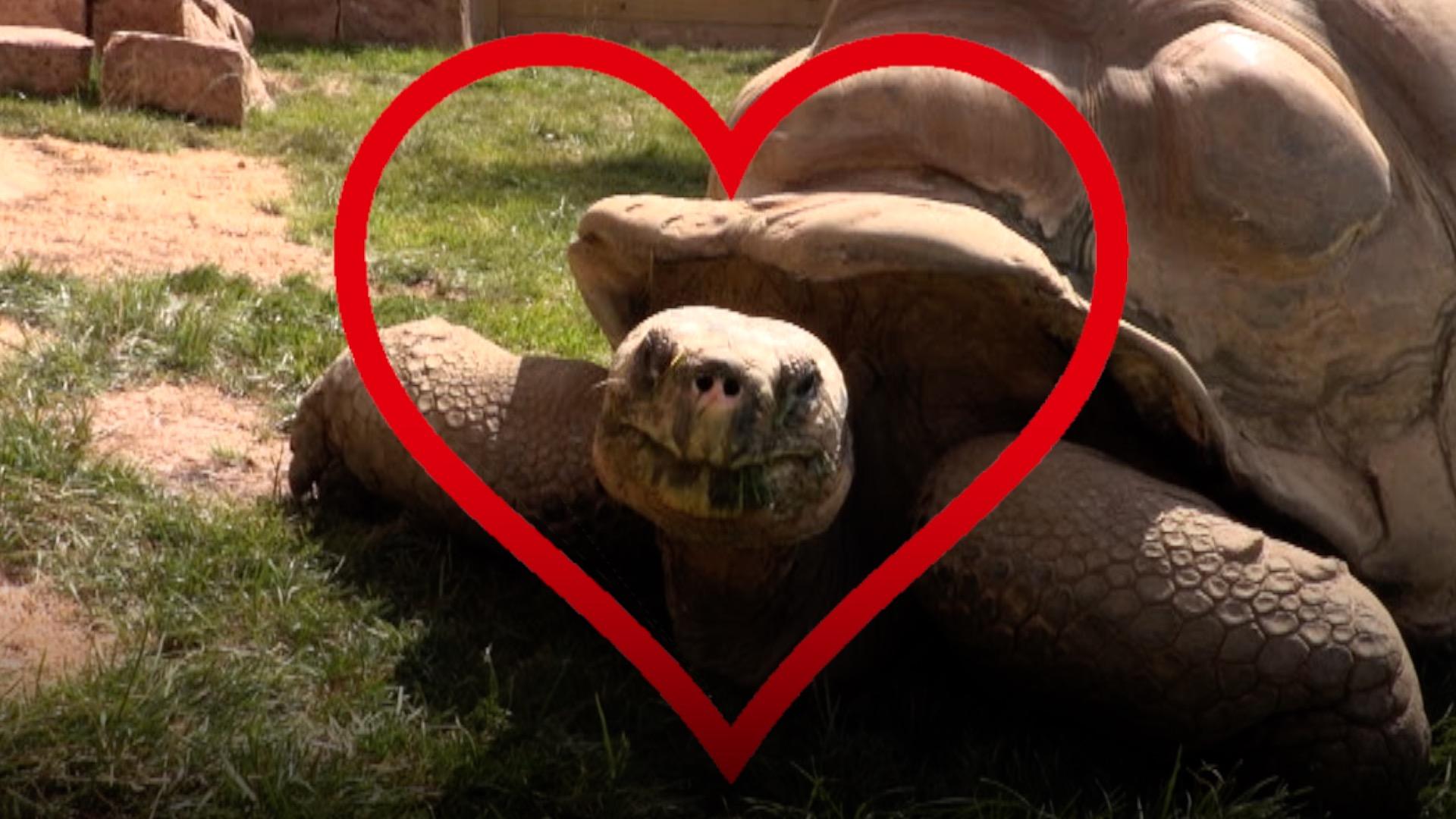
- Published25 June 2018
